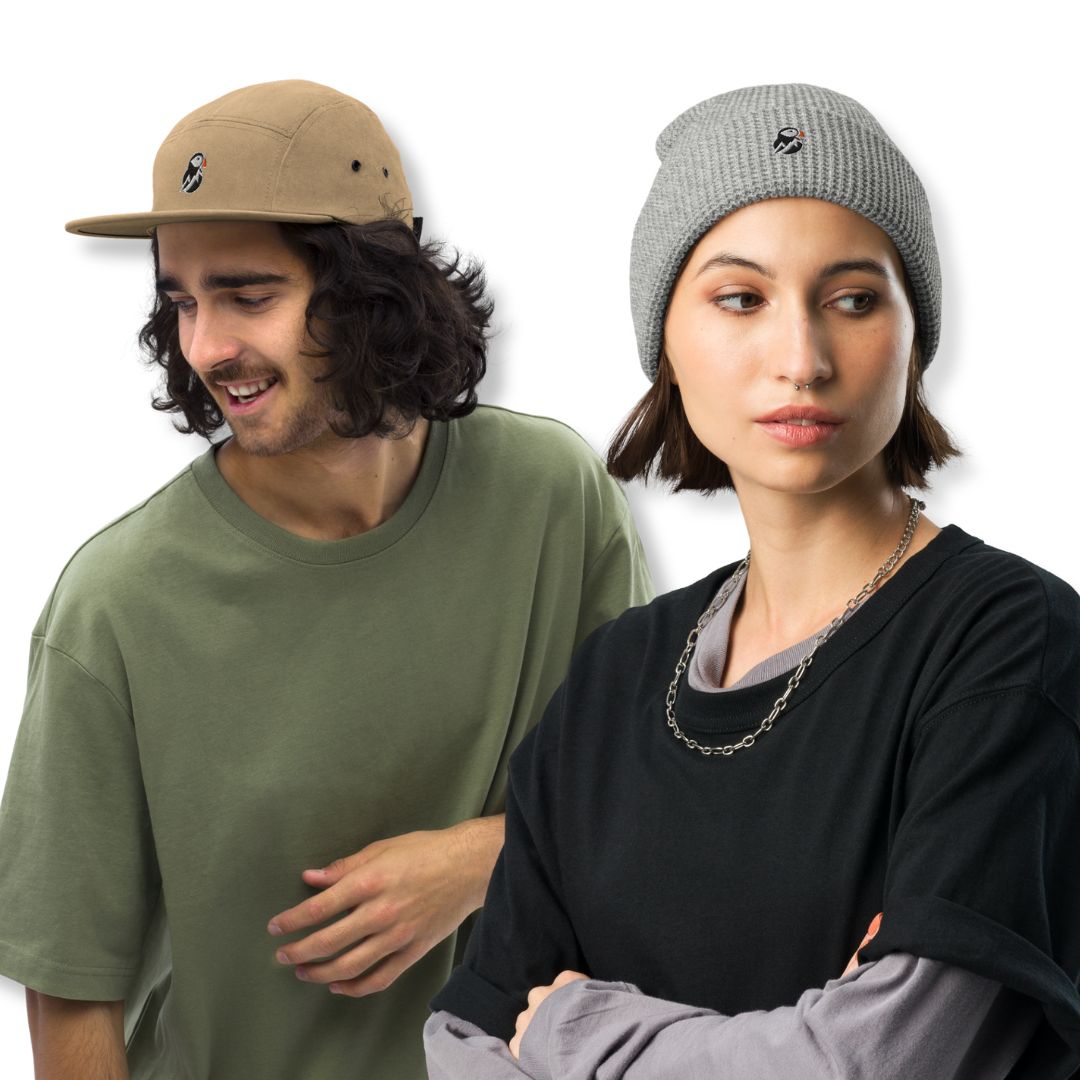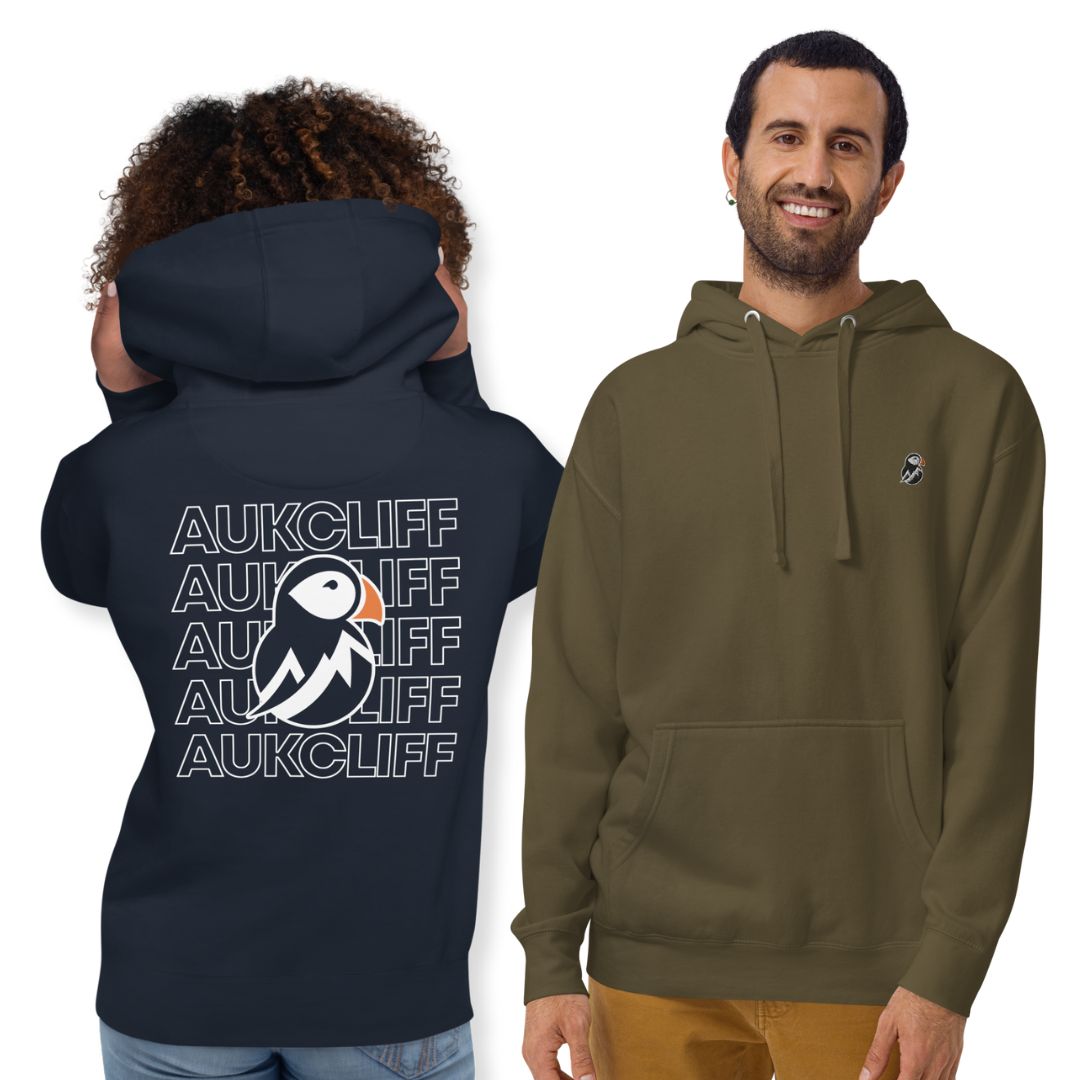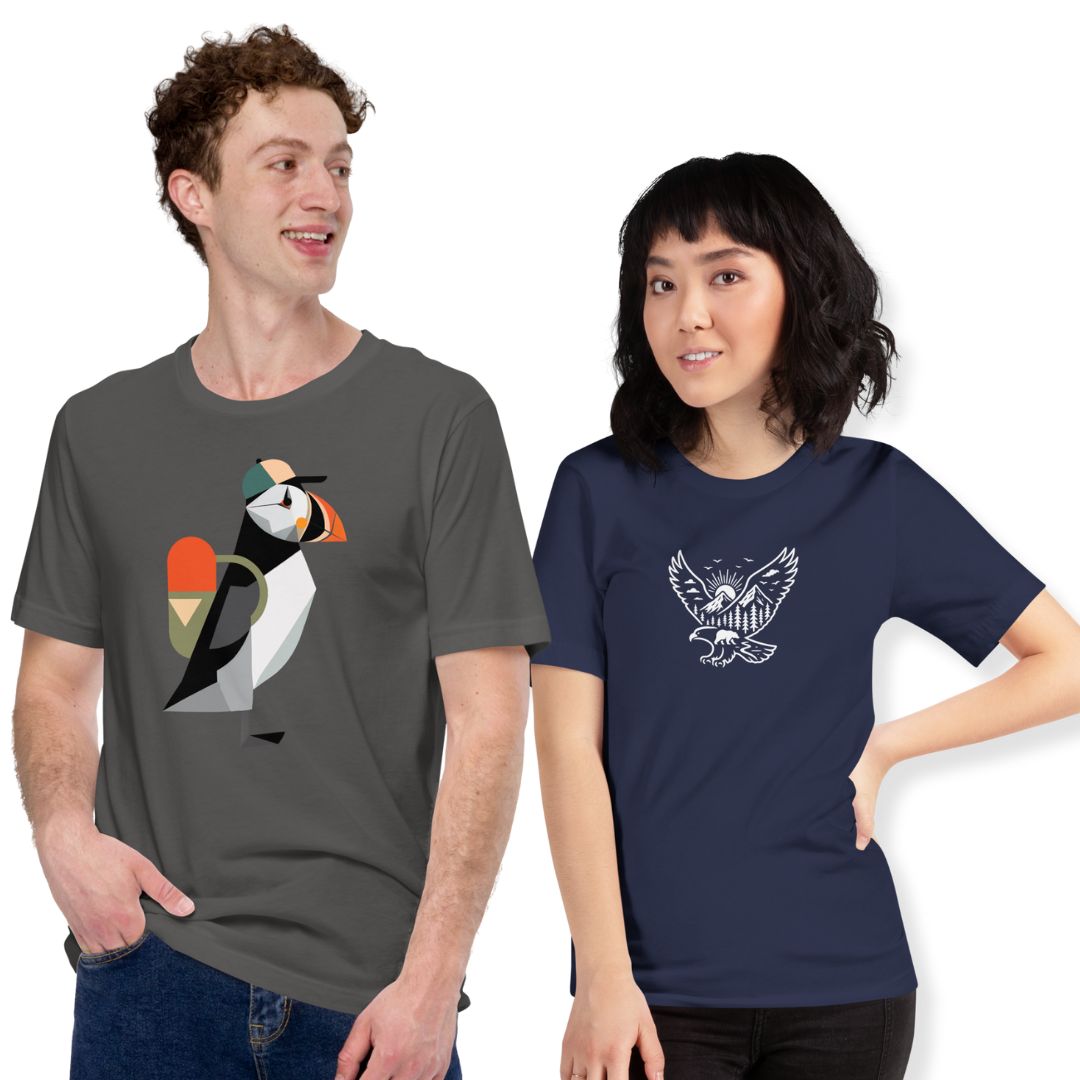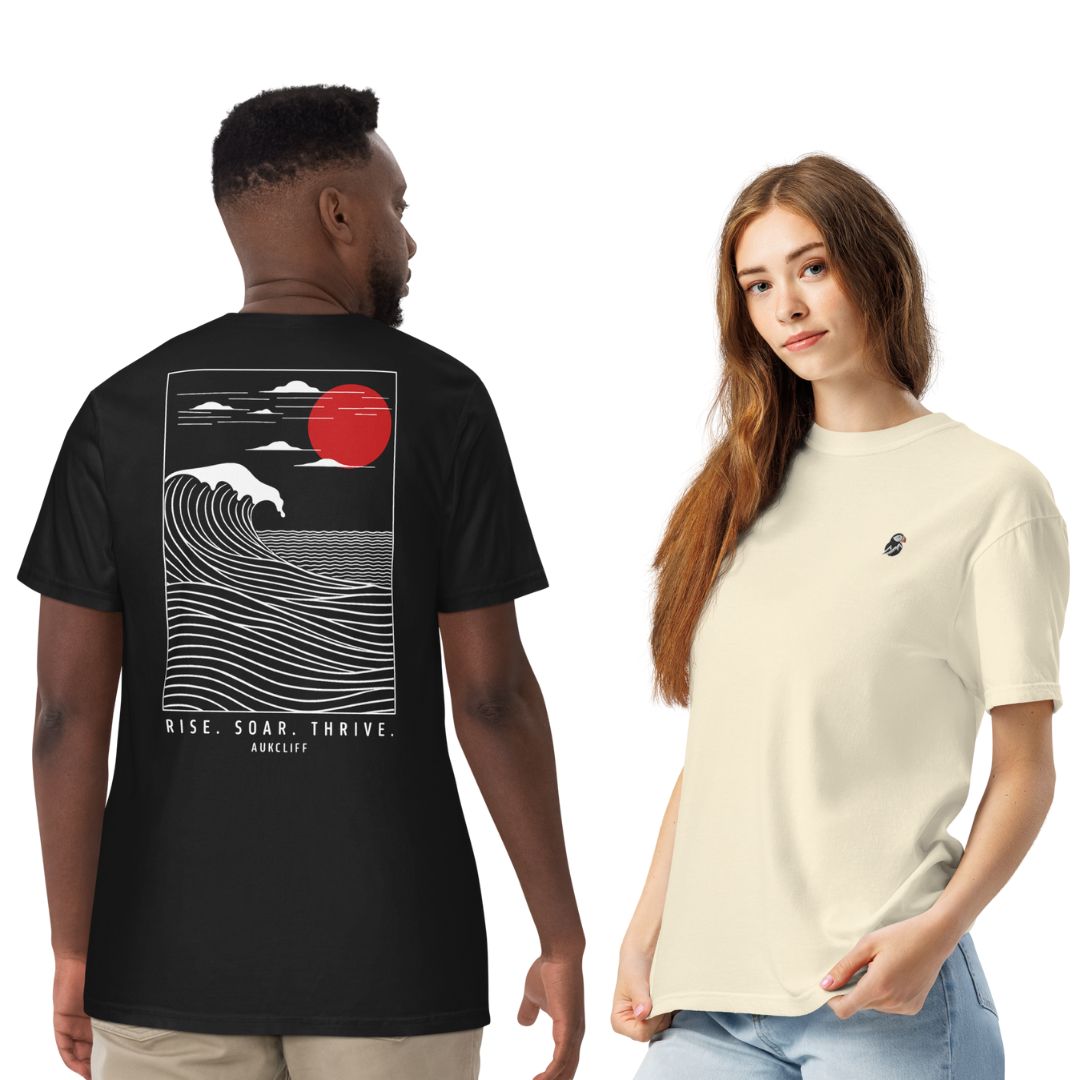
Navigating the Ride: Unraveling the Key Differences Between Women's and Men's Bikes
Share

When it comes to cycling, the experience is as diverse as the riders themselves. Whether you're a seasoned cyclist or a newbie eager to hit the trails, understanding the key differences between women's and men's bikes can significantly enhance your riding experience.
Who Is This Blog For?
This blog is for everyone—cyclists of all skill levels, bike enthusiasts, and even those contemplating their first bike purchase. If you’ve ever wondered whether you're using the right bike or simply want to understand the design choices that influence comfort and performance, you’re in the right place.
Why Different Designs?
When discussing the variations between women's and men's bikes, the question arises: Why do these differences matter? The core idea lies in physiology and ergonomics. Men and women typically have different body shapes and proportions, influencing how a bike should be designed for optimal comfort and performance.
Key Differences Between Women’s and Men’s Bikes
1. Frame Geometry
- Women’s bikes often have a shorter top tube and a longer seat tube, adapting to the generally shorter torsos of female riders.
- Men’s bikes tend to have a more elongated geometry that accommodates longer torsos and arms.
2. Seat Design
- Women’s bike seats, or saddles, are often wider and shorter than men’s, addressing the larger pelvic width generally found in women.
- Research indicates that up to 70% of women experience discomfort on traditional male saddles, highlighting the importance of a well-fitted seat.
3. Handlebars and Grips
- Women’s bikes typically feature narrower handlebars, catering to smaller shoulder widths.
- Grips and brake levers may also be scaled down to accommodate smaller hands.
4. Suspension and Components
- Suspension settings might differ, with women’s bikes often designed to provide a softer compression.
- Women’s bikes might also come equipped with components tailored to lighter riders.
5. Aesthetic Appeal
- While function reigns supreme, women’s bikes often feature different colors and designs, which cater to aesthetic preferences. This attention to aesthetics can encourage involvement significantly.
Notable Insights from the Experts
Megan Tompkins, a cycling coach and expert, emphasizes, “Choosing the right bike is crucial not just for performance but for the joy of riding. Comfort leads to confidence, and confidence leads to adventure.”
Additionally, renowned bike manufacturer Specialized states, “By understanding the differences and tailoring designs specifically for women, we can ensure that every ride, whether to the store or on a long-distance journey, is enjoyable.”
Why Should You Care?
Understanding these differences is not just about comfort; it’s about safety and performance. Riding a bike that fits your body type can:
- Reduce the risk of injury
- Enhance control and maneuverability
- Increase endurance on longer rides
Data to Consider
Here are some compelling statistics on bike design and fit:
- Studies show that riders on properly fitted bikes improve their cycling efficiency by 15% or more.
- An estimated 43% of female cyclists experience discomfort on mismatched bikes due to anatomical differences.
Conclusion: Choose Wisely
As you contemplate your next bike purchase, recognizing the differences between women’s and men’s bikes becomes vital. They are not merely marketing gimmicks; they are informed adaptations to enhance your cycling experience. A well-fitted bike can transform your riding from a chore into a joyous adventure through the great outdoors.
So, what’s holding you back? Take this newfound knowledge, visit your local bike shop, test out various models, and speak with knowledgeable staff. Engaging in this process is a step towards ensuring you not only enjoy cycling but excel at it.
Call to Action
Have you experienced discomfort while riding? Or have you recently purchased a bike that changed your cycling experience? We’d love to hear your story! Share your thoughts in the comments below, and let’s keep the conversation going. Happy cycling!






